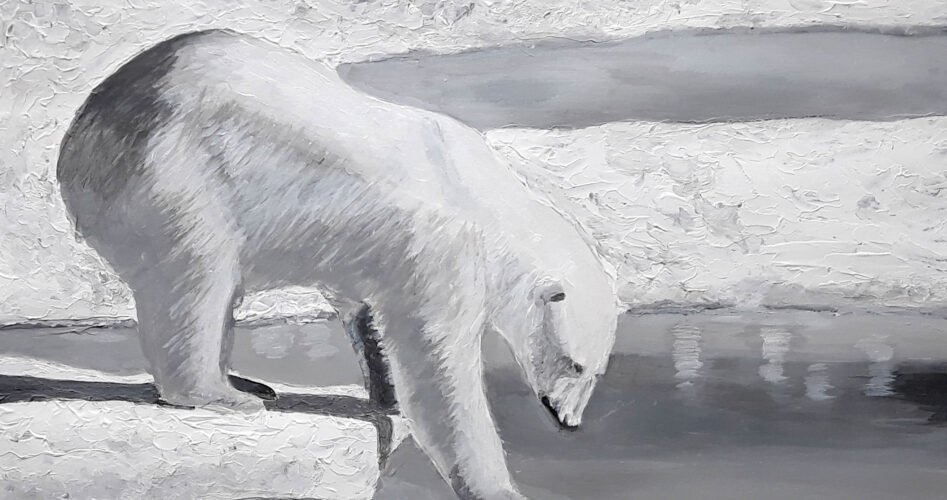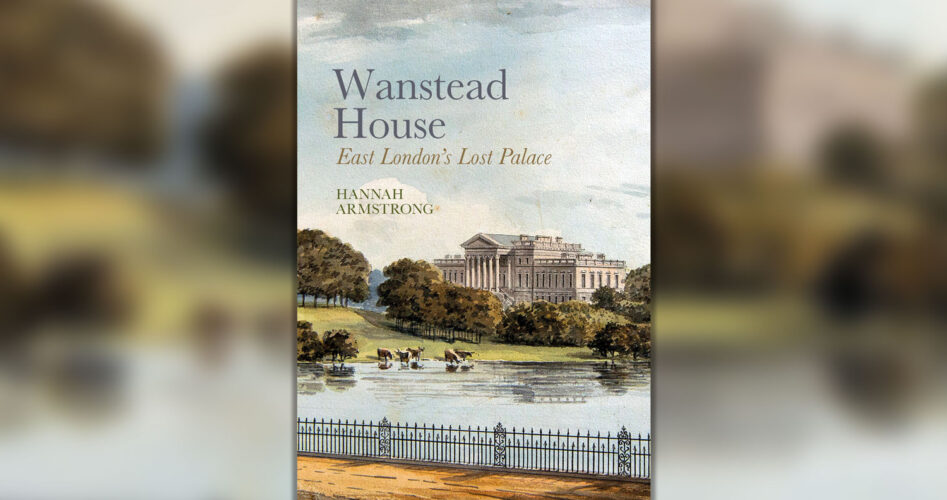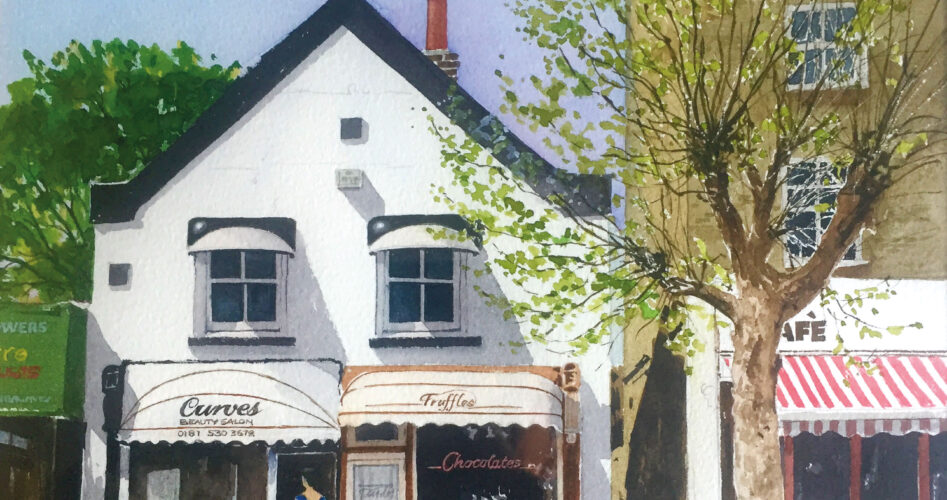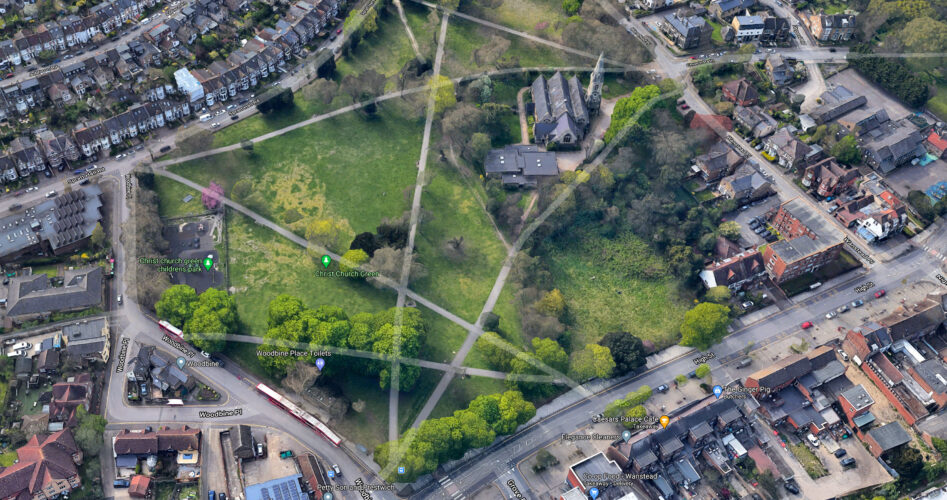We should all be helping to keep our streets and open spaces litter free, says Chair of the Wanstead Society Scott Wilding, who is keen for residents and businesses to take responsibility for their actions
Finally, we have some light at the end of the tunnel with a vaccine and plan to get us out of lockdown. But we all know there is still a long way to go. In the period between now and (hopefully) end of June, our parks and open spaces will continue to be a refuge for families and friends to meet up.
But there is an uncomfortable truth in our use of these parks and open spaces: litter. Most Monday mornings – especially after we’ve had a good spell of weather – the bins on Christchurch Green are not just full but overflowing. Excess waste is blown around the park and caught up in birds and local wildlife. The plastics used in some disposable food and drink products will never biodegrade. So, what can we do about it?
We all have a responsibility
The fact is, if we see litter or waste in a park or open space, one of us put it there. So, if a bin is completely full, just take your rubbish home. Do your bit. Don’t neatly balance your disposable coffee cup on the top of the bin in the hope as it’s near the bin, it’s in the bin. Chances are it’ll get blown away to slowly pollute the ground.
More, larger bins
Having said the above, more and bigger bins in our parks would be sensible, and I was pleased to read more bins are indeed planned for Christchurch Green, especially given the plans for a new café there – our parks are being used more than ever. Perhaps even recycling bins so we can truly up our recycling game, especially in a London borough with poor recycling rates. Ultimately though, they only cure a symptom, not the illness, and where do we stop? If a bin is full – it’s full – no matter how many there are.
Cutting waste at source
COVID has seen the war on waste take a backward step. Think disposable masks, gloves and plastic coverings to protect food from infection. But as we exit COVID, retailers must continue good corporate social responsibility by producing less waste in food packaging. Gail’s and Costa both responded to a call to reduce waste when I spoke to them, and both use incentives to persuade customers to use fewer disposable items, although COVID has restricted everyone’s efforts.
There is still a long way to go, but cutting waste in general is, despite COVID, an aim we have to sign up to if we hope to tackle the climate emergency. It has never been someone else’s responsibility to pick up after any of us, although there are some great volunteers who take part in litter picks – some daily – because they take pride in where we live. When all is said and done, and no matter how much someone else does, if the bin is full, take your rubbish home.
For more information on the Wanstead Society, visit wnstd.com/ws













